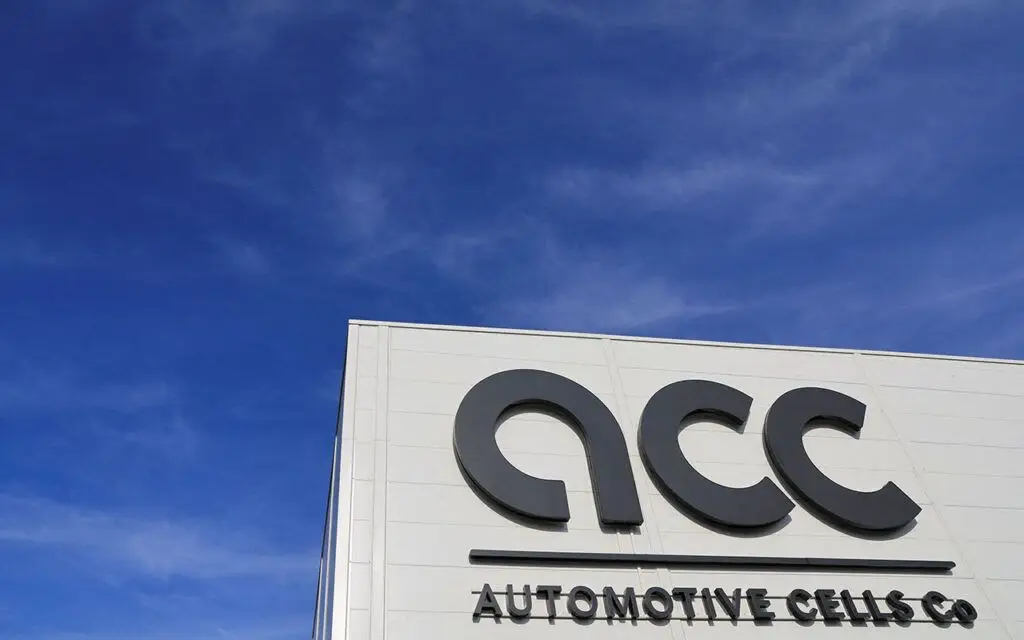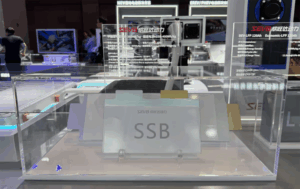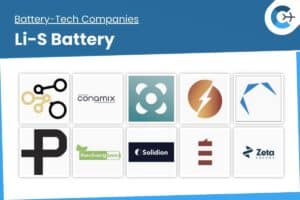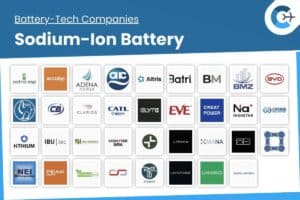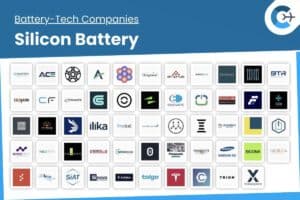According to a report by Milano Finanza, Automotive Cells Company (ACC) is reportedly nearing a decision to withdraw from its planned gigafactory in Termoli, Molise. The joint venture between Stellantis, TotalEnergies and Mercedes faces several challenges that have influenced this outcome.
ACC’s pilot plant in Douvrin, France, which began operations in 2024, has encountered technical and financial obstacles. Scrap rates of 15 to 20 percent have limited production to approximately 15,000–20,000 battery packs in late 2025, while production costs are estimated to be 20 to 25 percent higher than those of leading Asian competitors. These issues, combined with strategic considerations, have led Stellantis to shift its focus toward lithium-iron phosphate (LFP) battery technology.
Stellantis recently formed a partnership with CATL to develop LFP cells, which are viewed as simpler, more robust and roughly 20 percent less expensive than nickel-manganese-cobalt (NMC) batteries—the technology initially planned for Termoli. As a result, construction of a new LFP gigafactory in Zaragoza, Spain, is advancing. The Aragon regional government has approved the project, and an initial investment of €43 million has been allocated. Groundbreaking is scheduled for the end of November 2025, with total investments expected to exceed €4.1 billion. Once operational, the Zaragoza plant aims to produce up to one million LFP cells annually and employ around 3,000 workers.
The potential cancellation of the Termoli gigafactory follows a broader decline in electric-vehicle activity at the site. Over the past year, Stellantis has dismantled its FIRE 16V engine line, operated its FireFly (GSE) engine production below capacity and considered partial relocation of the 2.0-liter turbo GME engine to the United States. The only confirmed future project at Termoli is the eDCT automatic gearbox, due to launch in 2026 with approximately 300 positions.
Local unions have planned a demonstration for November 29, citing concerns over insufficient investment and a lack of long-term strategy for Termoli. Proposed avenues for the plant’s future include expanded eDCT gearbox production, development of hybrid versions of existing engines and niche manufacturing of high-performance units such as the Nettuno V6. Any final decision on the gigafactory will influence both the region’s industrial outlook and Italy’s broader ambitions in battery manufacturing.
Source: Italpassion

